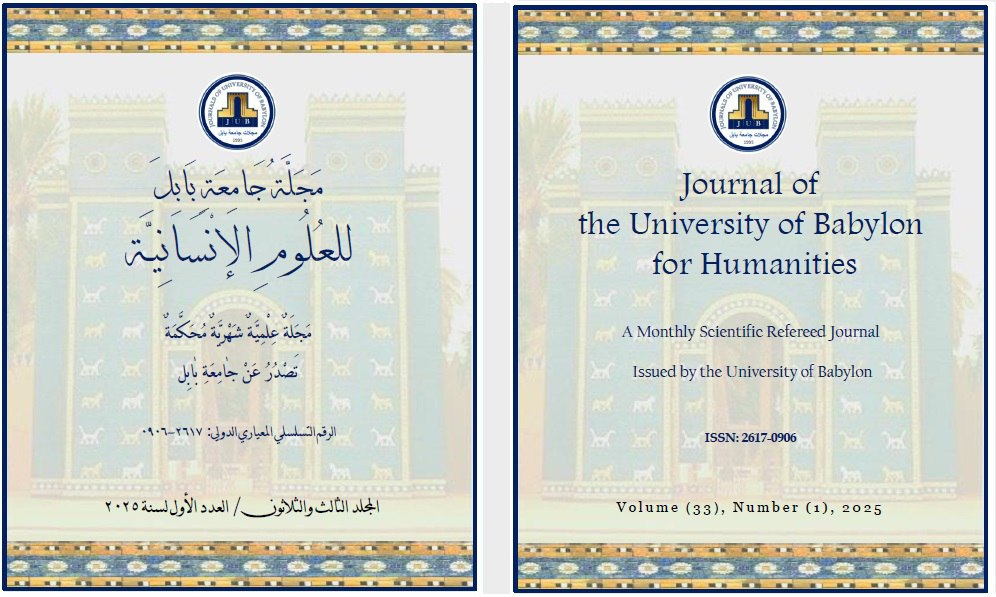The Shrine of the Two Askari Imams and its Religious and Tourist Significance: An Anthropological Study in the Old City of Samarra
Main Article Content
Abstract
Indicators suggest that Iraq could become a prominent center for religious tourism due to its religious and historical significance, as it hosts notable Islamic heritage sites, including the shrines of prophets and Imams. Religious factors play an important role in increasing urban populations, especially in areas with numerous religious symbols and landmarks
The study's problem highlights that Samarra serves as an attraction point, drawing large numbers of visitors, which necessitates the development of religious tourism The study aimed to explore the Shrine of the two Askari Imams, assess the facilities provided to visitors, identify the challenges faced by visitors, and develop solutions
Regarding the methodology, the study employed an ethnographic approach to describe the shrine and the events held there, and a historical approach to examine the shrine’s construction and historical development. The tools used included participant observation, informants, and interviews
The key findings of the study reveal that visitors enjoy various facilities and services, yet they face a lack of hotels and accommodations in Samarra, leading to shorter visits. Service activities near the shrine have declined due to security issues. Among the study's main recommendations are the need to focus on tourism, particularly hotels and accommodations in Samarra, to develop local crafts that attract tourists and serve as symbols of the area’s heritage, and to organize entertainment programs for university students to stimulate tourism in Samarra
Article Details

This work is licensed under a Creative Commons Attribution 4.0 International License.

